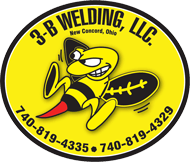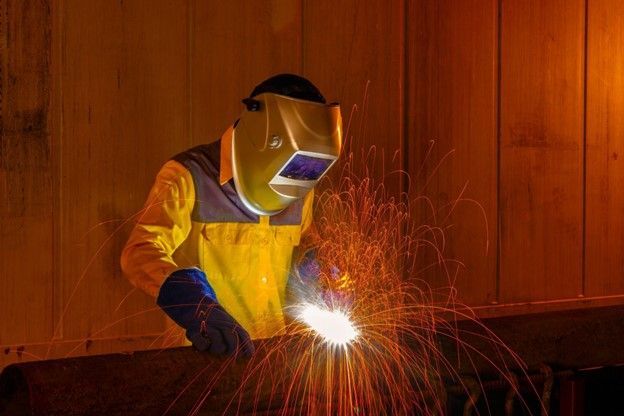Is TIG Welding Right for Your Job?

Welding uses a lot of heat to put together two or more pieces of metal to form one solid piece. The metal melts, the welder adds a bit and a filler material at the join, and when everything cools, the new piece is there. Within that framework, welding has many styles, forms, and techniques. One of those is TIG welding.
What Is TIG Welding?
TIG is tungsten inert gas, also known as gas tungsten arc welding, or GTAW. This process uses a tungsten electrode shielded by an inert gas, generally something like helium. The shielding gas keeps any possible chance of oxidation from happening. The electrode, along with a filler material, goes where the seam will, forming the seams.
What Are the Advantages of TIG Welding?
When is the tungsten inert gas welding process right for you? Discover a few benefits that TIG welding can provide for your welding needs.
It Provides a Clean Process
Because welding involves heat and sparks, this can often generate a lot of slag, smoke, and residue. However, that is not a big issue with TIG welding. It tends to be a clean process, so if a clean work area is necessary, this can be a good option.
It Offers Better Control
Another benefit to using the tungsten inert gas welding method is that it gives the welder better control over their welds. The welder can control both the temperature and the fill separately, allowing for easy adjustments.
It Works on a Variety of Metals
Not all welding processes are appropriate for all metals. For example, thin metals and metals with a lower melting point are more at risk for damage due to welding heat. However, the TIG process works well on a variety of metals because the process does not use as much heat. Using less heat means a lower risk of damage to the metals, like warping.
Disadvantages
When is TIG welding less ideal to use? Discover a few disadvantages of TIG welding.
It Needs Clean Surfaces
Tungsten inert gas welding needs clean surfaces to create a good seam and a strong weld. That means no rust, grease, oil, or scale can be on the metal. That adds in an extra step to the process and will also mean that the work area and the metal need continual cleaning. Designate a specific welding area to help keep the piece and the area clean more easily.
It Requires Ample Ventilation
Because TIG welding uses an inert gas as a shielding agent, the welding is necessary in an area with plenty of ventilation. The risk is that the shielding gas could become concentrated. That could cause some displacement with the oxygen in the area. Exhaust fans are a good way to provide that extra ventilation and disperse any of that gas.
It Is Difficult to Use in Tight Spaces
Another disadvantage of using the tungsten inert gas process is that it requires both hands to do correctly. Because of that, you cannot usually use this welding process in tight quarters. A different welding process, like MIG welding, may work better in this situation.
If you need to weld something at your business, we at 3-B Welding, LLC., are here to meet your needs. Whether you need TIG, MIG, or Arc welding, we have the skills you want. We will evaluate your job, what materials you need us to weld, and tell you what welding process will work best for you. We are here to help you and make sure that we properly meet your welding needs. Call us today to learn more or to ask any questions you may have.










